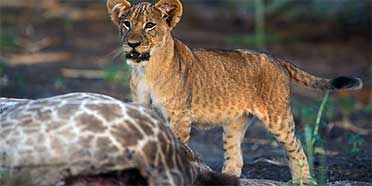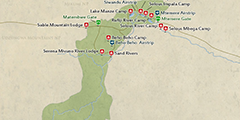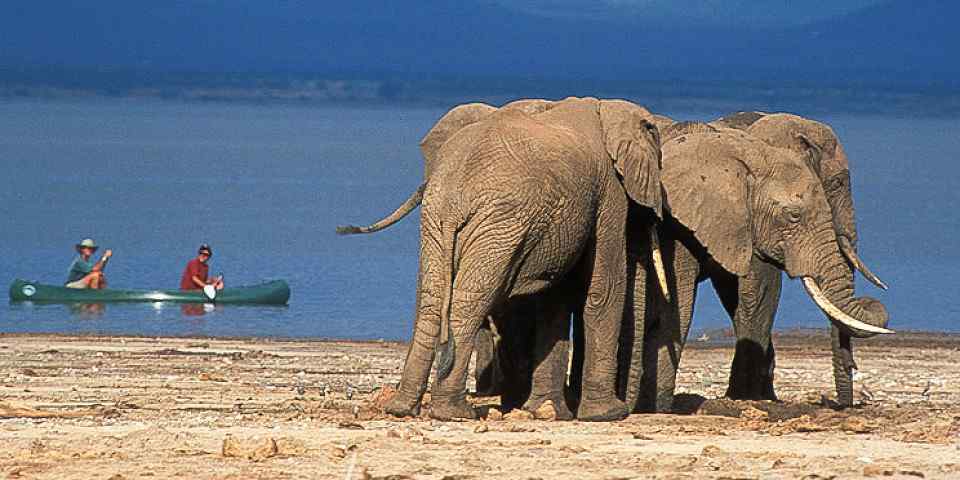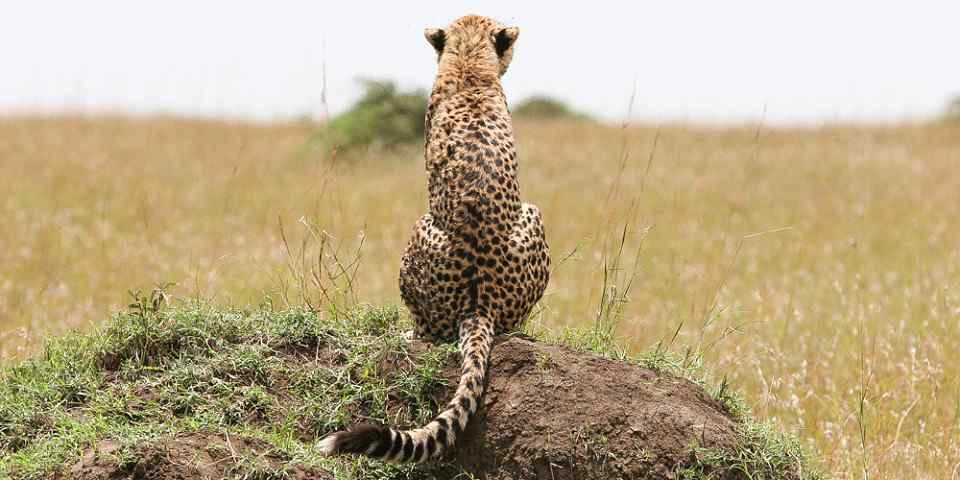
Safari Tours to Nyerere NP
-
![10-Day Nyerere National Park and Zanzibar Adventure]()
10-Day Nyerere National Park and Zanzibar Adventure
$4,599 to $4,799 pp (USD)
Tanzania: Private tour
Mid-range Lodge & ResortYou Visit: Dar Es Salaam (Start), Nyerere NP, Zanzibar (Tanzania Beaches), Zanzibar Stone Town (Zanzibar), Zanzibar (End)

Wayfairer Travel
4.8/5 – 184 Reviews
-
![10-Day Stone Town & Zanzibar Sand & Selous Safari]()
10-Day Stone Town & Zanzibar Sand & Selous Safari
$1,929 pp (USD)
Tanzania: Private tour
Mid-range Lodge & ResortYou Visit: Zanzibar (Start), Zanzibar Stone Town (Zanzibar), Nyerere NP, Zanzibar (Tanzania Beaches), Zanzibar Airport (End)

Paradise & Wilderness
4.8/5 – 224 Reviews
-
![3-Day Safari Zanzibar Nyerere National Park (Selous)]()
3-Day Safari Zanzibar Nyerere National Park (Selous)
$1,103 pp (USD)
Tanzania: Private tour
Mid-range Tented CampYou Visit: Zanzibar (Start), Nyerere NP, Zanzibar (End)

Greg Adventures
5.0/5 – 37 Reviews

 Tanzania Parks
Tanzania Parks











